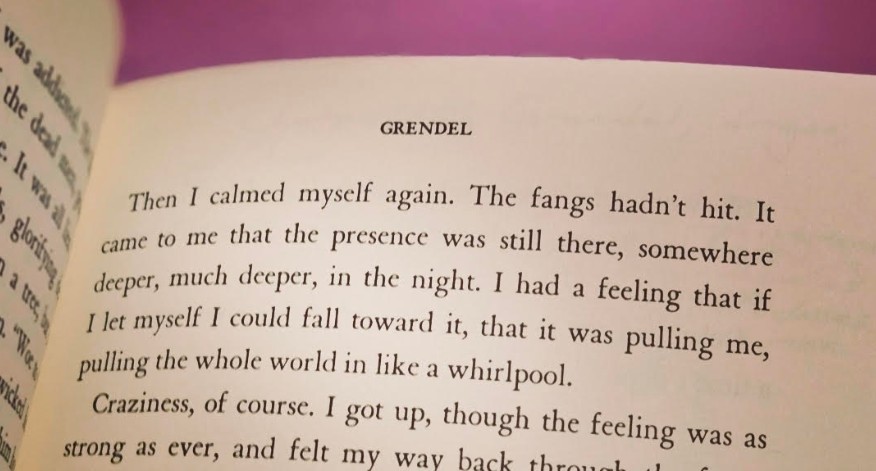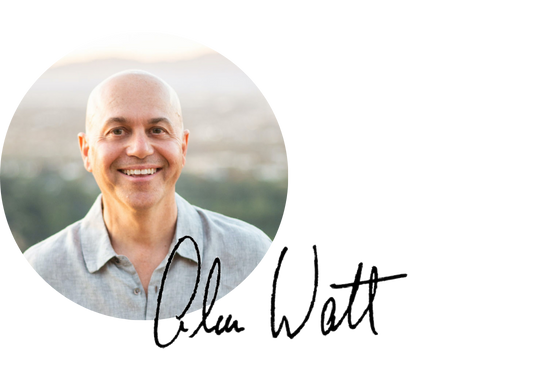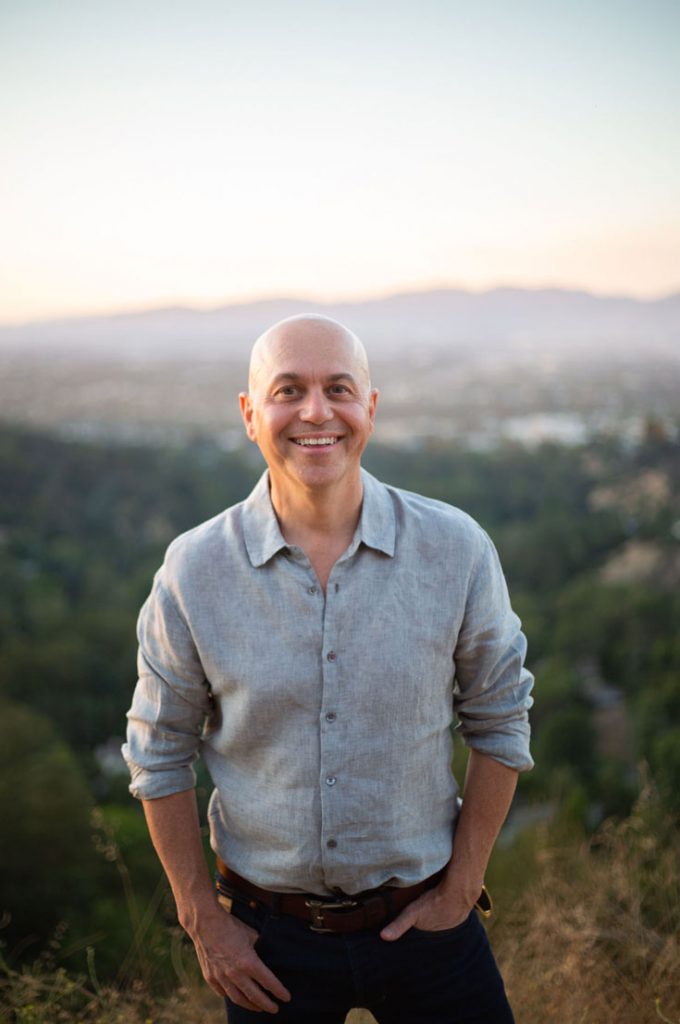The first time you experienced the magic of storytelling, odds are it was a personal story you heard in first person. A parent might have told you about an adventure from their youth, or perhaps an older kid in school passed on a tall tale as their own experience and left you hanging on every word. The oldest form of storytelling, and arguably the reason storytelling exists at all, is for one human being to share a moment, an event, or a season in their life with another. While third-person stories (stories told from multiple viewpoints) are probably the most common, the topic for today is the first person point-of-view.
It’s the type of story you’d find in a diary or scrawled on a wall somewhere. They all say the same thing, in different forms: “I was here. I existed.”
This post explores the power and intimacy of first person point of view, showing how it draws readers deep into a character’s inner world and reveals truth through voice, emotion, and perspective. Trust your own instincts and vulnerabilities to discover an authentic narrative voice that will connect with your reader.
Table of Contents

The different types of point of view
Let’s take a moment to clarify the types of perspectives in writing.
First person point of view
This is a narration that centers around someone identifying themselves with the words “I” and “me.” The most famous example of this might well be the first line in Moby Dick: “Call me Ishmael.”
Second person point of view
Second person perspective tells a story from the perspective of “you,” with the reader taking on the role of the protagonist. You might remember the “choose your own adventure” books written in this style, hoping to place you right in the action. Even that last sentence was written in the second person perspective.
Third person point of view
Generally, this perspective comes in the form of third person omniscient or third person limited. In the third person omniscient perspective, the narrator roams between the minds of different characters and some all-seeing eye. The reader gets to know the internal feelings and motivations of anyone the writer chooses to focus on, as well as getting information that none of the characters are privy to. The third person limited perspective is like the camera in most movies; it exists only outside of the characters. We get to see the tape running on their lives.
Why should I use first person POV?
One of the main reasons a writer opts to write in the first person is the intimacy between the reader and the narrator. When you open the pages of a book written in the first person, a voice rings out clearly and speaks directly. The reader is focused on the internal world of a single character and views the events of the story with their eyes, their feelings, and their fears. Indeed, the reader becomes the protagonist.
In first person, the reader has no objectivity. This allows some writers to explore the idea of an unreliable narrator — which means that the story is as exciting to us as it is to the narrator. We only know what they know, we’re never a step ahead of them. The world of the story unfolds to us only as they tell us about it.
Reading something written in the first person perspective is like picking up the phone and listening to a friend tell you about their day. We’re automatically on their side and the intimacy of that conversation offers a familiarity that none of the other perspectives can match.

Closer relationship to the main character
The first person point of view also offers a great deal of depth to the character of the narrator. Unlike the other perspectives, we’re focused on the thoughts and feelings of a single person.
It’s a great way to dive deep into the psyche of a character. That’s part of the reason why books like Catcher in the Rye and Lolita opt for the first person perspective. A great deal of the story is in the complexities of the characters narrating their stories, as well as the ways that they change.
It’s harder to sympathize with the angst of Holden Caulfield if we’re watching him from the outside; we’d brush his antics off as teenage immaturity. When we’re right there with him, we can see in his cynicism and frustration a memory of our own. For Lolita, part of the book’s joy is in empathizing with and being horrified at the character of Humbert Humbert. From the outside, the events of the book are vile. From the inside of Humbert’s consciousness, we see poetry, self-awareness, and obsession.
First person POV allows for more nuance
Writing in the first person perspective can be a great opportunity to work on writing with a clear voice. The adjectives a character uses in their narration, what they choose to focus on, and the casual asides they make about the other characters tells us a lot about them, even as they’re telling us about other people and events.
While it is certainly not always the case, stories written in the third person perspective have a tendency to focus more on the events of the plot and less on the interiority of the characters.
For a first-person story to be compelling, the narrator’s voice must be unique. This should not be cause for self-consciousness. Afterall, we are all unique, and when you approach your creative work with the understanding that you are not actually the author, but the channel, you will begin to discover that your voice is something you will likely only recognize in retrospect. Voice is not something you summon or manufacture, but rather, it’s a mysterious alchemy of all of your collective experiences and ideas distilled through your own particular lens. In other words; your fundamental ordinariness is, in fact, the thing that makes you unique.
“It’s amazing what you find out about yourself when you write in the first person about someone very different from you.”
Doris Lessing
Your story weapon: Finding your first-person voice
In writing a first-person narrative the key is to trust yourself. Trust your insecurity. Trust your confusion. Trust your lack of belief in yourself. Trust your fear of what others will think. Trust your anxiety about your ability.
Take a deep breath and trust it all. It is in this paradox that your voice will emerge.
When you’re outlining the perspective and character of your narrator, ask yourself what defines their approach to the events of the story. Are they jaded from a previous life experience, or naive and excited? Do they think they’re smarter than everyone around them, or do they feel inferior to their peers? Are they prone to cracking jokes or do we find humor in how seriously they approach the minor vicissitudes of life?
By answering questions like these, you can start to choose the colors with which you’re painting the world of your story. Maybe the hues are all grays and blacks when the story starts, but they turn brighter as the story unfolds. Maybe the opposite is true, and the world gets darker as the narrator hardens to the harsh realities around them. The way that they grow and change is the way your storytelling grows and changes.
As Doris Lessing suggests in the above quotation, writing in the first person is a great way to learn more about yourself. The further the character is from your own voice, the better. You’ll find that you can say things and make comments that would never occur to you otherwise, which makes you understand your own character a little bit better. If the character has been through wildly different circumstances than your own, the way their voice changes might explain to you why you changed in response to different life circumstances.
There’s an incredible freedom in writing with someone else’s voice. As Oscar Wilde puts it: “Man is least himself when he talks in his own person. Give him a mask, and he will tell you the truth.” Though you may be designing the mask yourself, you’ll still be surprised by the truths that emerge from your pen in the first person point of view.
Just trust yourself.
Find out more in one of my workshops – The 90-Day Novel, The 90-Day Memoir, Story Day







